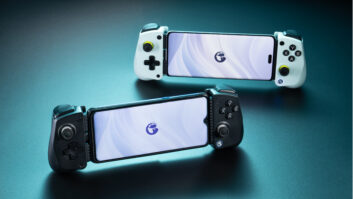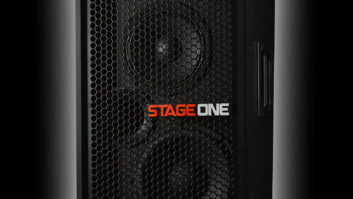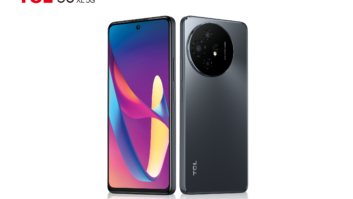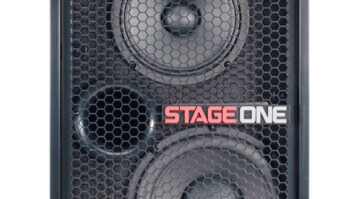No doubt consumers are letting their fingers do the walking when it comes to filling their shopping baskets. But is buying by phone or tablet the retail panacea that some would suggest?
Depends who you ask. A global survey of more than 5,000 consumers in 10 cities across five continents conducted last winter by Ericsson found that 43 percent shop through their smartphones at least once a week. The figure is expected to rise dramatically over the next three years, Ericsson surmised, as virtual assistants become more sophisticated, phones more powerful and AR/VR technology more commonplace.
A more recent report, released this summer by Synchrony, found that the use of retail mobile apps is also on the rise. Nearly two-thirds of U.S. consumers have downloaded at least one retail app, although most regularly use an average of four, up from two apps in 2017. What do they do with them? Sixty percent of the 1,255 adult Americans polled said they use retail apps to browse merchandise; 50 percent use them to access coupons; and nearly half actually buy stuff through them.
Consumers expect m-commerce to further spike by 2025, the Synchrony report showed, when 60 percent believe that the average shopper will have eschewed his or her wallet or purse for a phone with a mobile wallet onboard.
“While desktop is still winning in terms of where shoppers convert, mobile is where they are shopping more and more,” agreed Chris Loretto, executive VP of Adtaxi, a Denver-based digital marketing agency. “Having an easy-to-shop, easy-to-checkout and differentiator-laced mobile presence is a top priority.”
What’s more, he told TWICE in an email, “As we round the corner to Q4 2018, mobile commerce will again be taking the spotlight.” That may prove to be an understatement. According to a 2018 Holiday Shopping Survey conducted by BestBlackFriday.com, fully 42 percent of consumers cited mobile phones as their main device for online shopping this coming season — up from 26 percent last year.
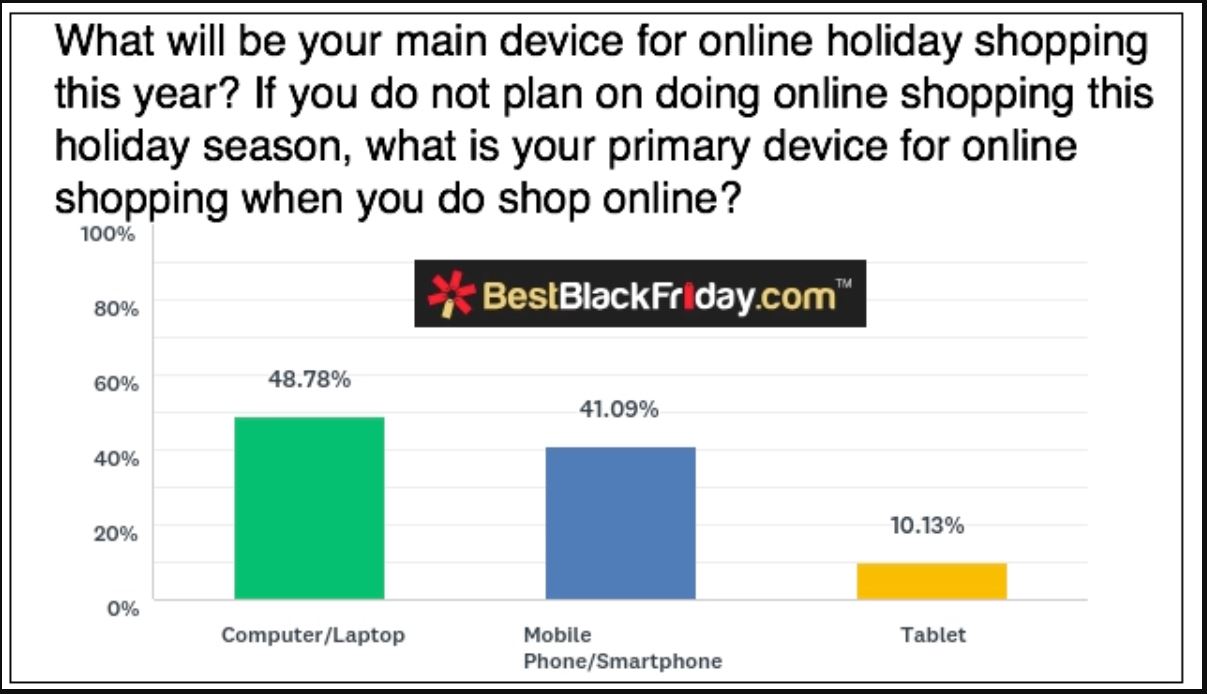
Interestingly, women will be more prone to do their holiday shopping by phone than men (44 percent to 38 percent), the Sept. 30 survey showed. But regardless of gender, co-principal Phil Dengler credits retailers and their digital designers for “improved mobile e-commerce sites that allow for a more seamless buying experience.”
Related: 4K TV For $125 & Other Black Friday Predictions
Not so fast, said Stephen Baker, a VP and industry adviser at The NPD Group. While m-commerce and mobile apps are clearly a thing for large, broad-based retailers who can readily reach 100 million shoppers, the same metrics don’t necessarily apply to tech specialty dealers in general, and local and regional independents in particular.
“Most of the purchases on mobile are strictly digital products — movies, books, airline tickets — or services like GrubHub or generic purchases like ink,” he said. “You can’t apply this kind of purchasing activity to consumer tech, where the products are more complex.”
Ben Arnold, senior director, innovation and trends, at the Consumer Technology Association (CTA), agrees with his former colleague that shopping for products with multiple SKUs and options is more challenging by phone. But vendors and retailers are working to better integrate m-commerce into the total shopping experience, he said, and the ability to make purchases through social networking apps like Snapchat and, quite possibly, Instagram will make m-commerce even more commonplace.
See: How To Mobilize Your Website
Perhaps, but Baker considers mobile apps superfluous for smaller tech and appliance retailers. “Best Buy needs one, but I’m not sure what value P.C. Richard’s gets out of an app,” he argued. “In general, buying tech through mobile apps is miniscule. That’s not how people buy our stuff.”
Maya Mikhailov, senior VP and chief marketing officer of GPShopper, a mobile app developer acquired last year by Synchrony, would disagree. “In today’s competitive landscape, a mobile application is not just another piece of technology for retailers, it is a vital tool to engage shoppers with their brand,” she said. Through apps, retailers can leverage customer data and analytics to provide personalized mobile offers and discounts, as well as simple and secure payment solutions.
Related: Five Features Your Mobile App Is Missing
Still, Baker said it would behoove independent dealers of modest means to put their resources toward a website that’s fully optimized for mobile, where customers can begin their product searches, research features and compare prices.
That’s where Retailer Web Services (RWS) comes in. The Scottsdale, Ariz.-based software business specializes in the independent channel, providing some 2,000 dealers with digital marketing tools and comprehensive online platforms incorporating e- and m-commerce functionality that would otherwise be time- and cost-prohibitive.
RWS announced a capital investment from the Nationwide Marketing Group in February, but remains privately-held and continues to serve other buying groups and unaffiliated dealers. The investment, it said, is helping it bring new products to market more quickly, notably its fifth-generation WebFronts platform. Dubbed Socrates, it represents a change from an adaptive (separate sets of mobile and desktop files) to a responsive, or combined-set design approach, which provides better cross-device performance and a mobile-first checkout experience, the company said.
“Every independent retailer should have a very professional, product-content-rich, fully transactional, secure and mobile-friendly web presence,” said RWS COO Jennie Gilbert. Gilbert agrees that a mobile-optimized site should serve as a digital billboard and catalog, but believes that shoppers must also be given the option to buy through their phones, even when it comes to appliances and big-ticket tech.
See: Eight Online Holiday Tips For Independent Dealers
“People need to be able to find you, learn about you, compare items and price it up,” Gilbert told TWICE. At the same time, “The consumer purchase path is getting more varied. Often people will come into a store to shop, and either make their decision or finalize the purchase online. But before they even visit the store, they probably looked at the website first, and 50 percent of the time it’s through mobile.”
The same holds true on the vendor side. While Sharp Home Electronics neither sells direct nor maintains a mobile app, 30 percent of its end-user journeys begin through its informational mobile site, where consumers browse the assortment, locate a retailer or learn more about service and support, said sales and marketing senior VP Peter Weedfald.
But regardless of where the purchase path begins or ends, “You have to make it very easy no matter how the consumer wants to buy,” added RWS’ Gilbert. “You have to make it easy to make the purchase from the couch without going back to the store, if that’s what the customer wants. It’s all about convenience.”
Like Ericsson, Gilbert anticipates the advent of enhanced AR/VR mobile features within the next several years. More immediately paramount though, is developing and utilizing machine learning technology, she said, which is the driver behind RWS’ new AdRocket automated digital marketing platform.
Her best advice to retailers is to make a purchase themselves through their own m-commerce sites. “Most would then realize how much better they could make the transaction,” she said.
And her clarion call to vendors: provide more and better product information and images to make for more robust retail sites, whether for desktops or phones.





